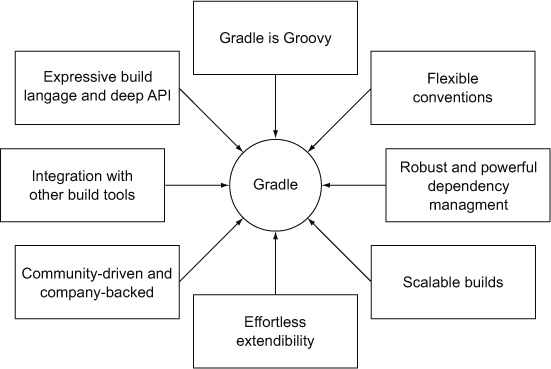
In addition to modifying build properties, Build Types can be used to add specific code and resources. For each Build Type, a new matching sourceSet is created, with a default location of src//, e.g. See the DSL Reference for a list of all properties that can be configured on a build type. Keep configuring the jnidebug, by enabling debug build of the JNI component, and add a different package suffix.Ĭreating new Build Types is as easy as using a new element under the buildTypes container, either to call initWith() or to configure it with a closure.

Creates a new BuildType called jnidebug and configure it to be a copy of the debug build type.debug to be able to install both debug and release apk on the same device Configures the default debug Build Type:.The above snippet achieves the following:
 5.2 Build Type + Product Flavor = Build Variant. 4.3 Resolving conflicts between main and test APK. 3.3.2 Differences between a Project and a Library Project. 3 Dependencies, Android Libraries and Multi-project setup. Optionally we can also add the Gradle wrapper which I have done by simply copying the gradle folder and gradlew and gradlew.bat scripts from an existing project. To address these issues, and to begin the conversion to Gradle Build we need to add a adle in the top level directory. The main things that we’ll need to address are importing the GridLayout v7 support library, and that the source tree structure differs from the default Android Gradle structure. The first thing to do is to check out the GridLayout-Revisited sample code from here. But we saw earlier in this series that importing Android Library projects is a whole lot easier under the Gradle build, so our GridLayout-revisited code is a good candidate for showing how we can convert an existing project to Gradle, and also see how much simpler things are when we import Android Libraries as AAR. One of the problems that we saw was that getting the dependency on the GridLayout v7 support library set up was a little fiddly because it contains resources as well as code, and we need to set up a second project containing all of this. In a previous article on Styling Android we looked at using the GridLayout v7 support library.
5.2 Build Type + Product Flavor = Build Variant. 4.3 Resolving conflicts between main and test APK. 3.3.2 Differences between a Project and a Library Project. 3 Dependencies, Android Libraries and Multi-project setup. Optionally we can also add the Gradle wrapper which I have done by simply copying the gradle folder and gradlew and gradlew.bat scripts from an existing project. To address these issues, and to begin the conversion to Gradle Build we need to add a adle in the top level directory. The main things that we’ll need to address are importing the GridLayout v7 support library, and that the source tree structure differs from the default Android Gradle structure. The first thing to do is to check out the GridLayout-Revisited sample code from here. But we saw earlier in this series that importing Android Library projects is a whole lot easier under the Gradle build, so our GridLayout-revisited code is a good candidate for showing how we can convert an existing project to Gradle, and also see how much simpler things are when we import Android Libraries as AAR. One of the problems that we saw was that getting the dependency on the GridLayout v7 support library set up was a little fiddly because it contains resources as well as code, and we need to set up a second project containing all of this. In a previous article on Styling Android we looked at using the GridLayout v7 support library.






 0 kommentar(er)
0 kommentar(er)
